What is the performance of excellent hand-made coffee? What is the cause of excessive extraction of hand-brewed coffee?
It's almost out of date. Do you want to cut it off? What should I do?! "

What on earth is "the flow is so slow"?
Obviously, the flow parameters were confirmed again and again before brewing, and the spirit was awakened during water injection, and nothing unusual was found in the process of water injection. everything was within the scope of the plan. in the end, why was the launching speed unexpectedly slow?
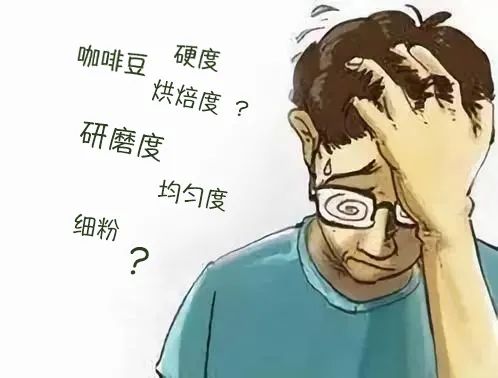
Some friends immediately thought that the degree of grinding was wrong. After all, the slow flow must have something to do with the degree of grinding. Indeed, if you often read the articles in Qianjie, you must know that Qianjie's judgment on the degree of grinding is based on the over-screening rate of the No. 20 standard screen.
For example, when brewing hand coffee, the grindness used in the front street is 80% through the standard sieve 20, even if the grinding degree is calibrated with 10g coffee powder, through the grinding scale up to 8g powder. In other words, no matter 0.8mm or 0.3mm, any coffee particles smaller than 0.85mm will pass through the No. 20 sieve.

At this time, it is time to test the quality of the bean grinder. In the case of EK-43s, it is screened through several sieves with different mesh numbers. In the scale of the No. 20 standard sieve passing 80%, particles larger than 0.85mm account for 20%, 0.85mm 0.5-0.85mm, 60%, 0.35-0.5mm, 16%, and particles smaller than 0.35mm 4%. This is a bean grinder that grinds evenly.
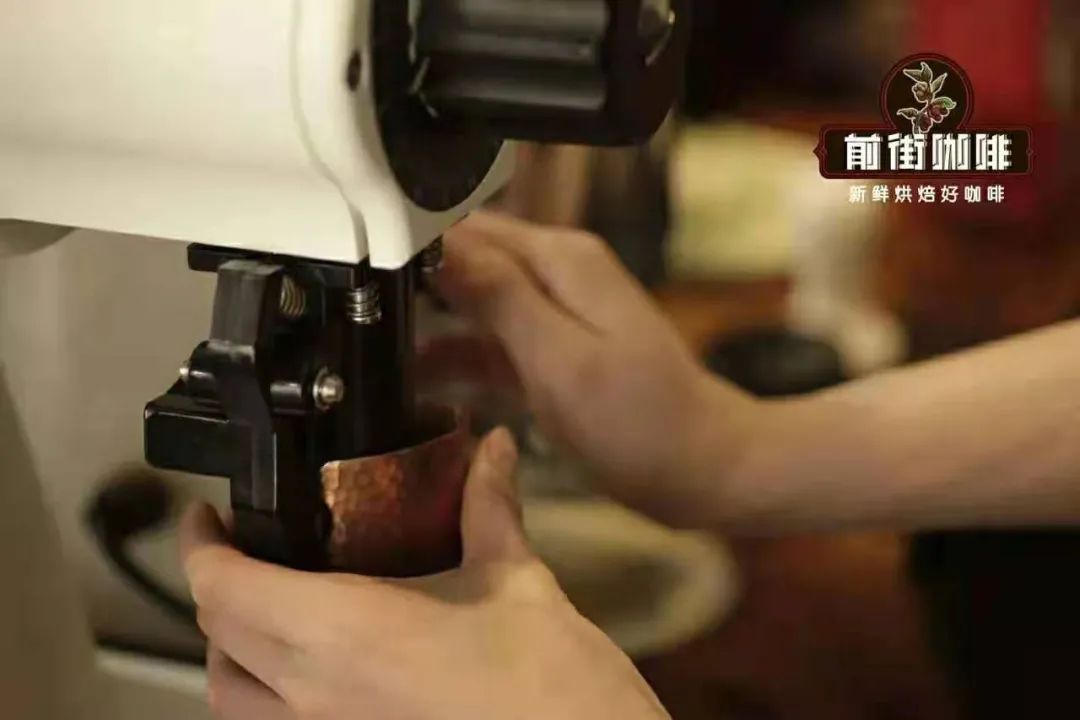
While using a certain brand of bean grinder to screen with different mesh, also in the scale of No. 20 standard sieve passing 80%, the particles larger than 0.85mm accounted for 20%, the particles of 0.5-0.85mm accounted for 50%, the particles of 0.35-0.5mm accounted for 18%, and the particles less than 0.35mm accounted for 12%. And visual observation of particles larger than 0.85mm, a brand of bean grinder grinding block is larger than EK. Therefore, the performance of grinding uniformity of different bean grinders is also different.
To put it simply, the more uniform the grinding is, the better the extraction effect is, and the more uneven the grinding thickness is, the worse the extraction is, which is embodied in the same grinding calibration scale, which will lead to fine powder clogging. That is, when most beginners see the final flow rate slowing down, they will be afraid of being too outstanding and don't know what to do.
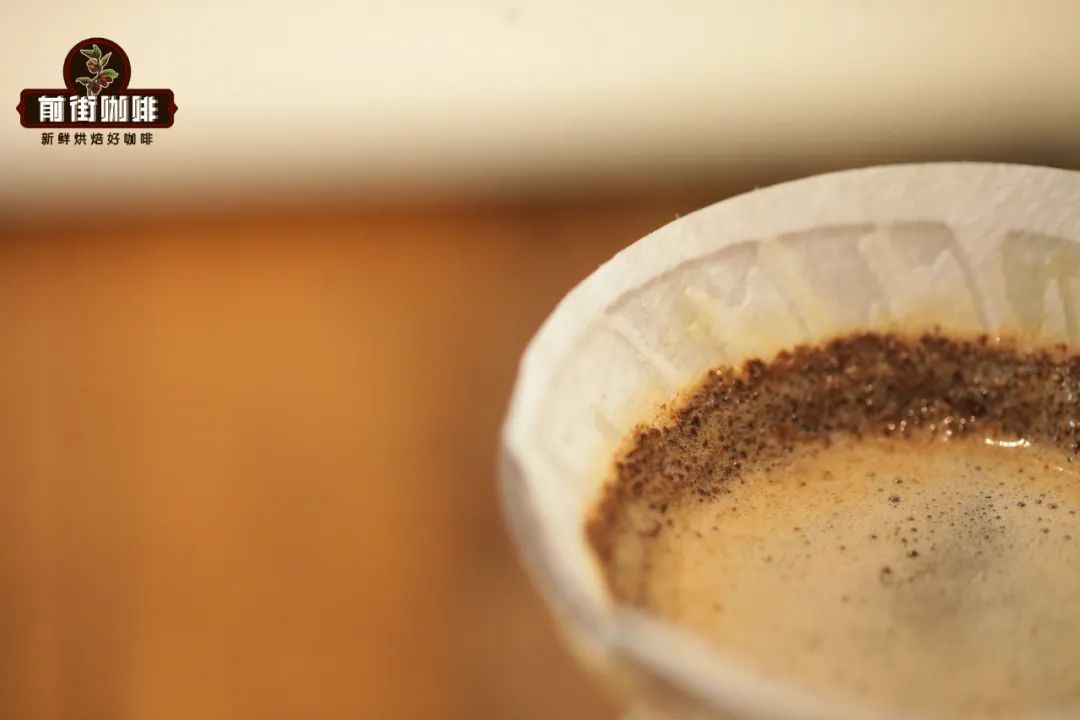
By way of digression, why are beginners so afraid to stay for a long time?
Because the bitterness of over-extraction is very uncomfortable, this flavor is more repulsive than insufficient extraction. The emergence of over-extraction is basically caused by soaking coffee powder in water for too long, which is why many beginners feel anxious when they see the water running out for a long time.
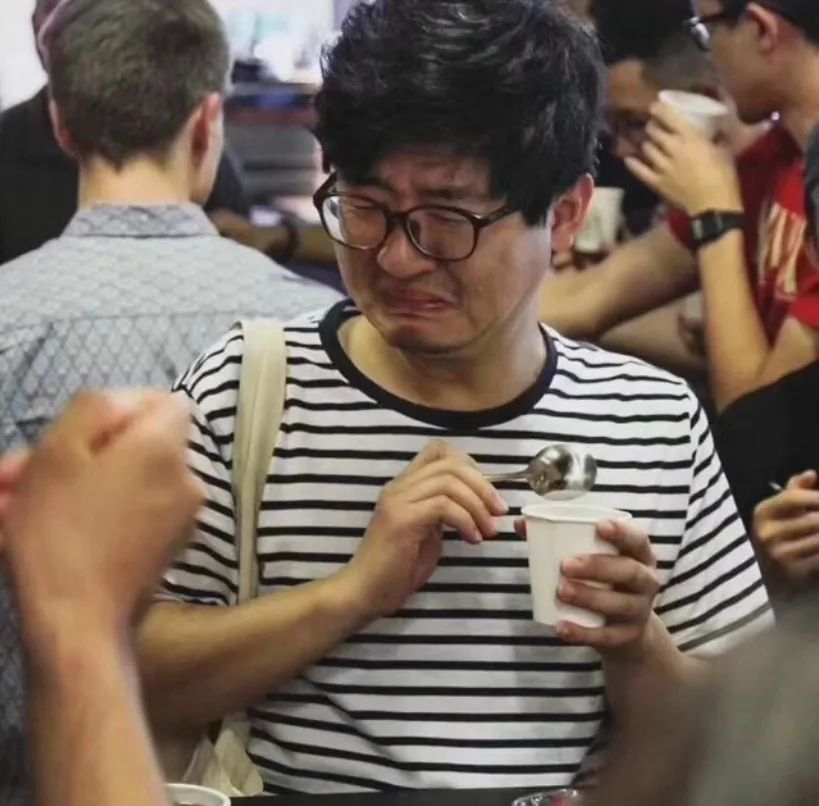
So how long has it been soaked for a long time? like a pot of normal hand-brewed coffee, a reasonable extraction time of 1 minute 40 seconds to 2 minutes 20 seconds is mostly concentrated between 1 minute 50 seconds and 2 minutes. Then when the time is more than 2 minutes and the water has not run out, then there is a risk of extraction. It is good if it is more than a few seconds, and if it is more than 10 seconds, for those who are inexperienced in cooking, this is over-extraction.
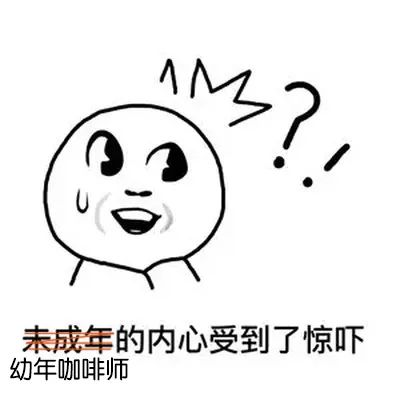
What Qianjie is trying to say is that you have to try this before you can have experience. Will be more accurate in the next judgment. If the time is too long, under normal circumstances, there will be a bad flavor. This is still based on the lengthening of the time caused by too much fine powder.
In fact, it is not only too much fine powder that leads to slow launching. In fact, there are many reasons, such as different filter cups, the flow rate of coffee is also different, this many friends have already understood not to expand. There is also the problem of the beans themselves. Careful friends will certainly find that some beans enter the water very quickly in the process of flushing, and some beans enter the water very slowly in the process of flushing, as if blocked. This has something to do with the hardness of beans.
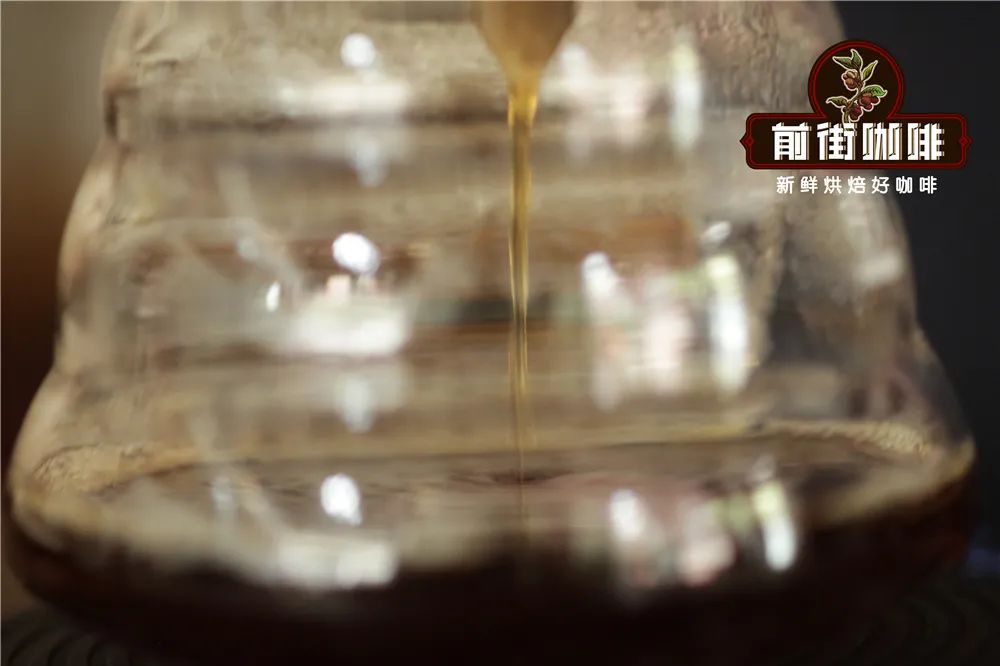
For example, the Panamanian rose summer coffee beans, its own beans are relatively hard, coupled with a shallow degree of baking, so its water absorption efficiency is relatively low, that is, it is difficult to bulge a hamburger. And high density is easy to sink to the bottom, so when making rose summer coffee, there is little coffee powder floating on the surface, and because the coffee powder sinks to the bottom, it makes the water relatively slow. The extraction time used is correspondingly long, about 2-2: 30. But this is not superb.
Therefore, many beginners will apply the cooking formula of one coffee bean to another coffee bean, which is fine when the beans are similar, but it is difficult to make a correct judgment between the two beans which are very different.
Important Notice :
前街咖啡 FrontStreet Coffee has moved to new addredd:
FrontStreet Coffee Address: 315,Donghua East Road,GuangZhou
Tel:020 38364473
- Prev
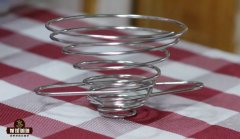
Guidelines for using hollowed-out wire filter cups for hand-brewed coffee can you make hand-brewed coffee without a filter cup?
Hand coffee cannot be made without a filter cup, which can not only support the filter paper, but also help us to extract better coffee flavor substances. However, let's try a filter cup made of iron wire in front of the street today! Let's first take a look at the characteristics of this filter cup. This filter cup can clearly see that it is made up of a wire, and you can clearly see the wire incisions at both ends. Stretched wire
- Next
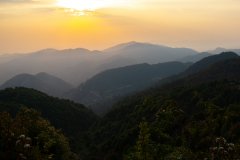
Comparison of planting environment of small-leaf tea in China and big-leaf tea in Assam, India
Although the growth of tea from bitter waxy leaves on shrubs to tea in pots seems to be absurd, tea makers actually followed the basic steps invented by Chinese farmers in the 18th century. Tea is part of the genus Camellia. There are three main varieties used to produce tea: Chinese lobular tea (sinensis), Assam tea (assamica) and Cambodian tea (cambodi)
Related
- Beginners will see the "Coffee pull flower" guide!
- What is the difference between ice blog purified milk and ordinary milk coffee?
- Why is the Philippines the largest producer of crops in Liberia?
- For coffee extraction, should the fine powder be retained?
- How does extracted espresso fill pressed powder? How much strength does it take to press the powder?
- How to make jasmine cold extract coffee? Is the jasmine + latte good?
- Will this little toy really make the coffee taste better? How does Lily Drip affect coffee extraction?
- Will the action of slapping the filter cup also affect coffee extraction?
- What's the difference between powder-to-water ratio and powder-to-liquid ratio?
- What is the Ethiopian local species? What does it have to do with Heirloom native species?

